Thai 33 Erawan Museum1.ppsx
À propos
Ce fichier PPSX, contenant 47 diapositives, a été envoyé sur fichier-pps.fr le 04 avril 2021 à 21:47,
à partir de l'adresse IPv4 109.96.*.*.
La présente page de téléchargement a été vue 417 fois depuis l'envoi du fichier.
Taille du fichier: 10597 Ko
Identifiant unique: #54216
Fichier public
Aperçu du fichier


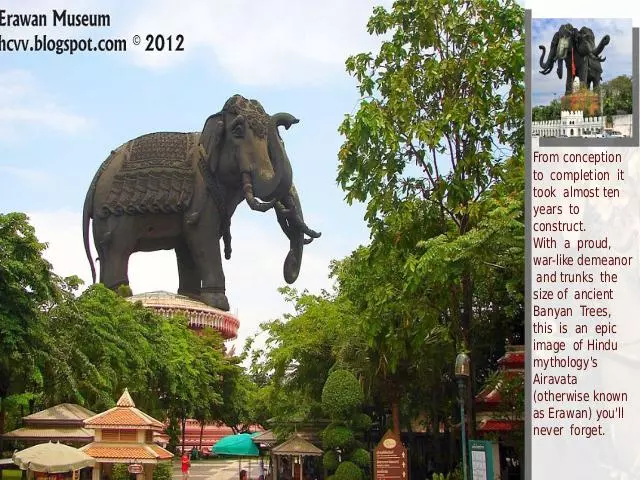

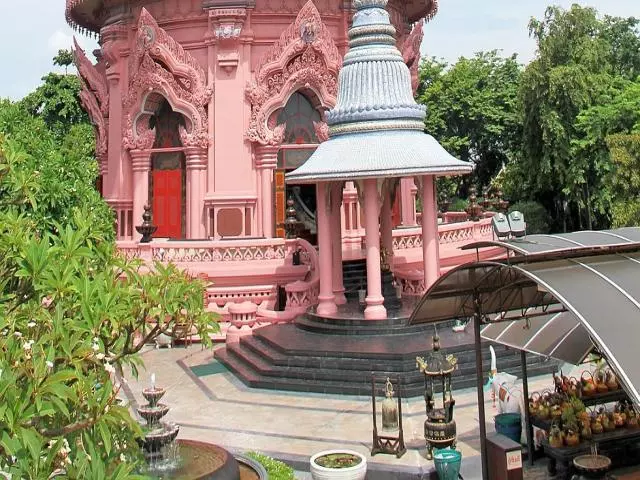

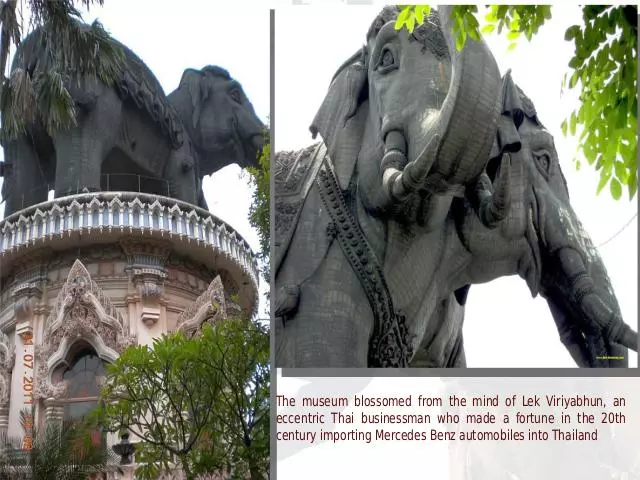
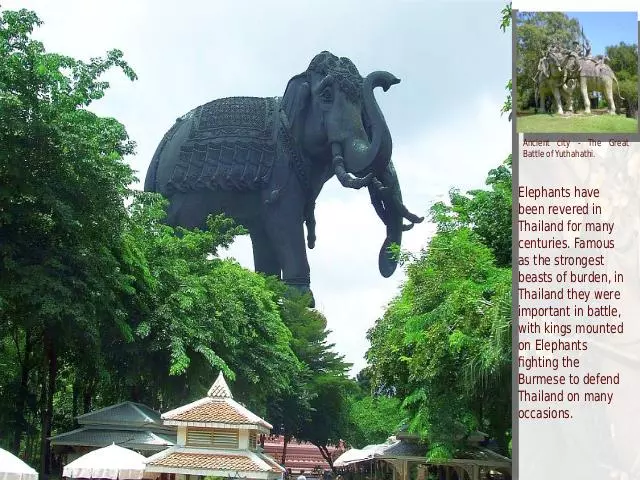
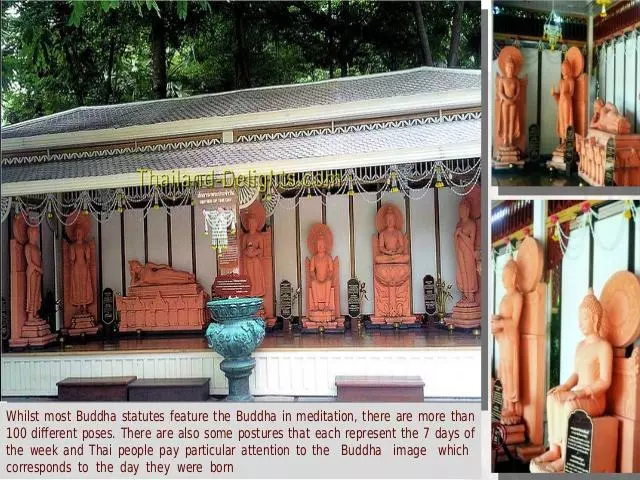
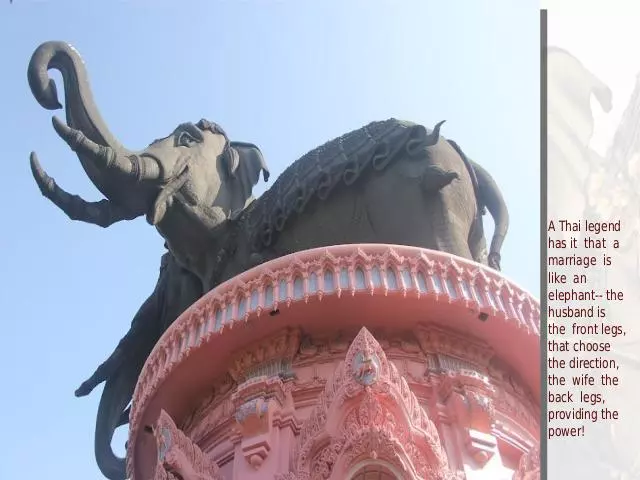




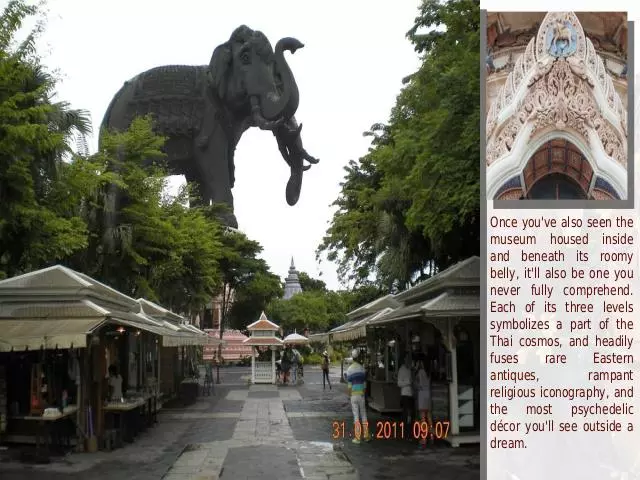

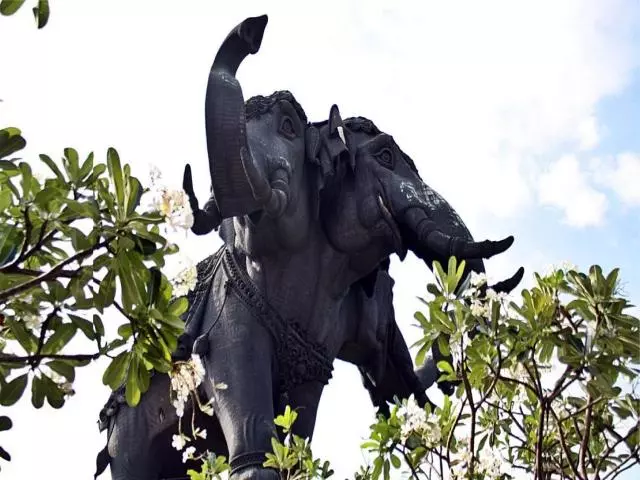

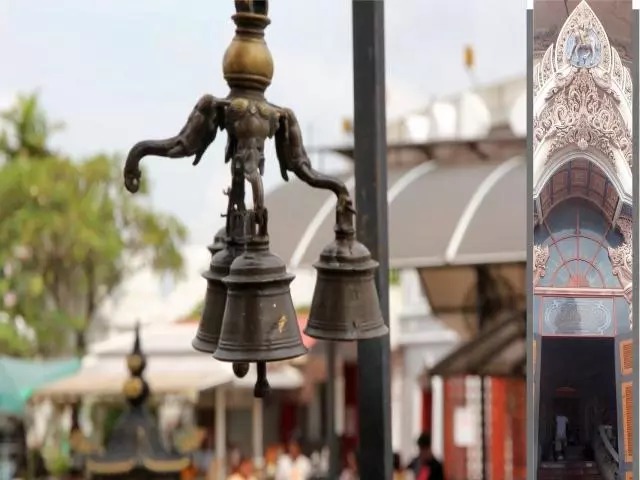




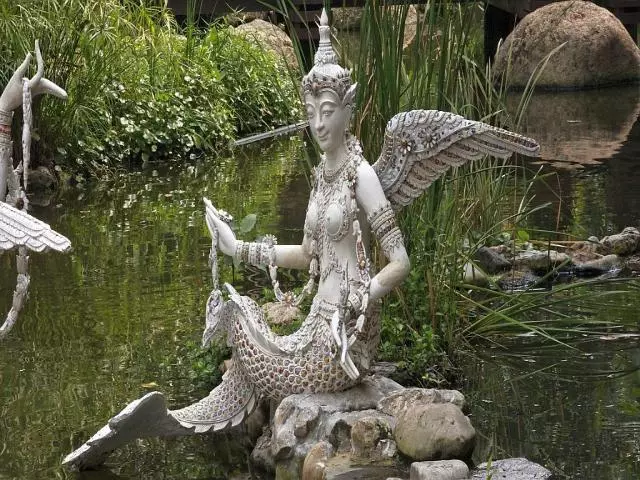
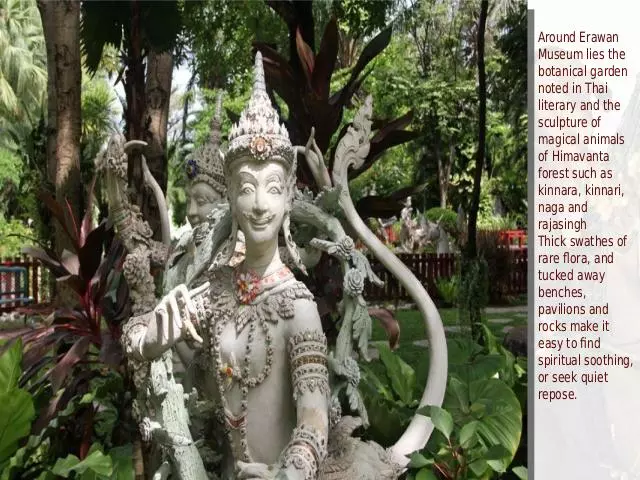




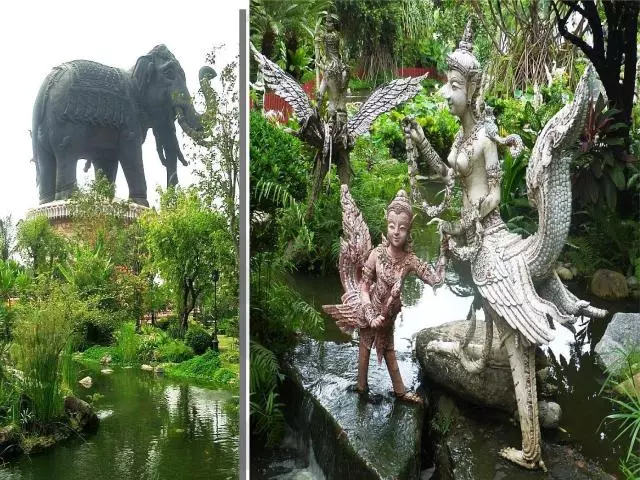
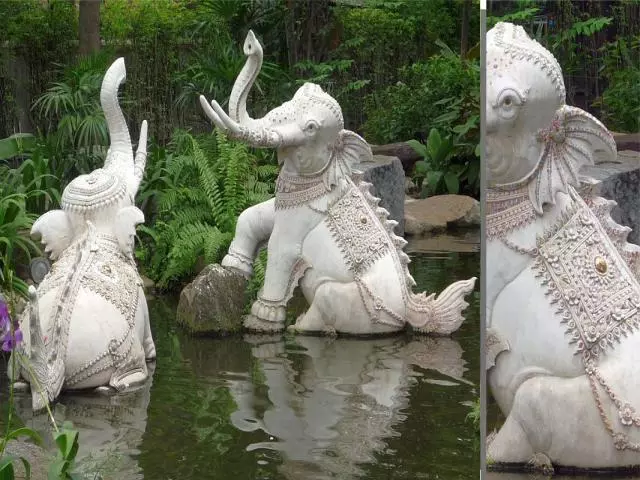
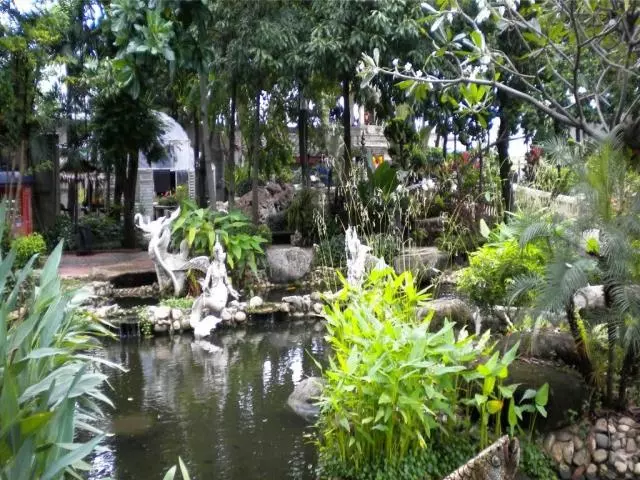

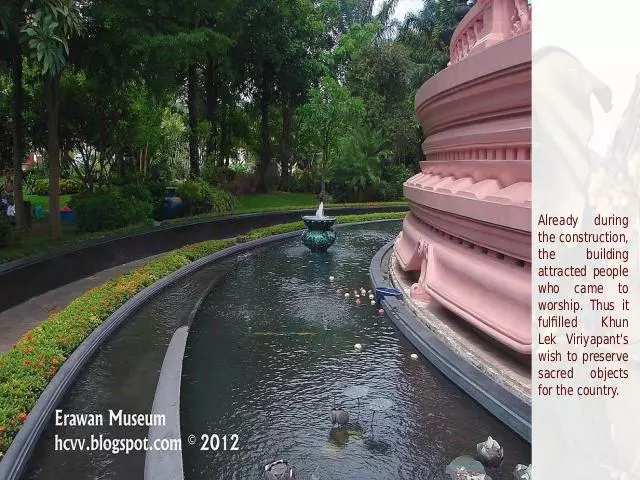






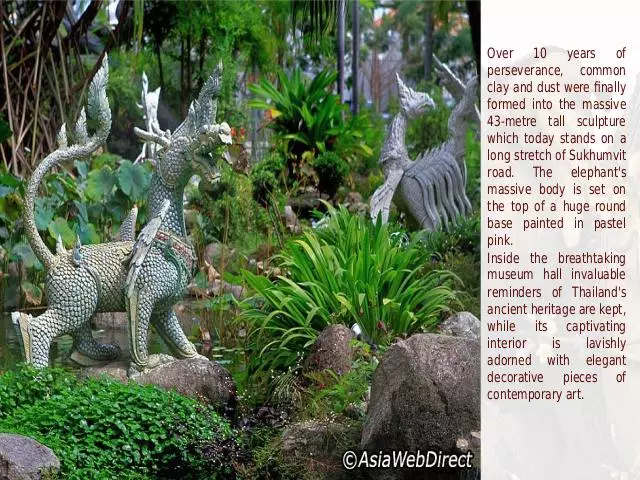
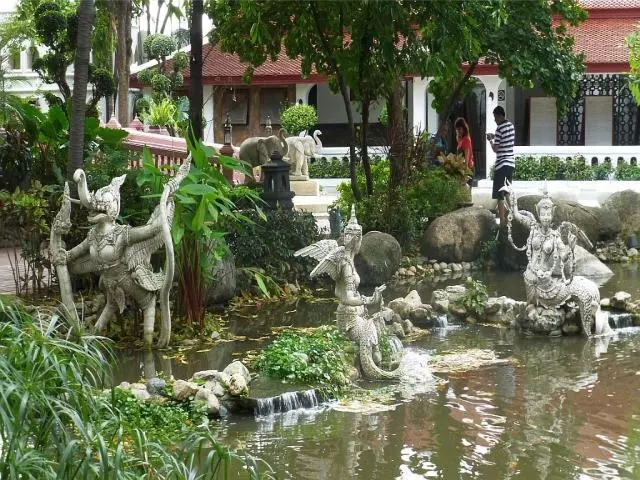


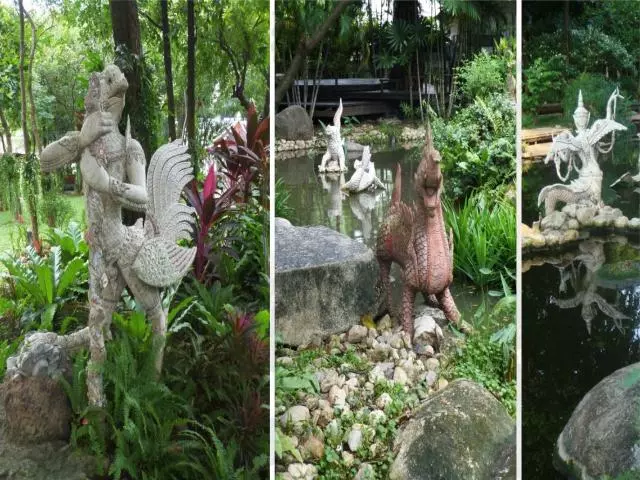


Aperçu texte:
Amazing Thailand 1 A huge, three-headed elephant statue standing upon an equally gargantuan pedestal is the first, and last, thing you see when visiting Samut Prakan's Erawan Museum. It's a splendid, towering beast: 250 tons in weight, 29 metres high, 39 metres long, and cast in a pure green-hued copper. From conception to completion it took almost ten years to construct. With a proud, war-like demeanor and trunks the size of ancient Banyan Trees, this is an epic image of Hindu mythology's Airavata (otherwise known as Erawan) you'll never forget. The Erawan Museum is one of the latest attraction in Bangkok. It comprises of a building with a huge 3 headed elephant structure on top. The weight of the elephant's head by itself is 100 tons, and the weight of the elephant is 150 tons.. The total height of the building and the elephant is 43.6 meters. The elephant itself is 29m high x 12m width x 39m length. The museum blossomed from the mind of Lek Viriyabhun, an eccentric Thai businessman who made a fortune in the 20th century importing Mercedes Benz automobiles into Thailand Ancient city - The Battle of Yuthahathi. Great Elephants have been revered in Thailand for many centuries. Famous as the strongest beasts of burden, in Thailand they were important in battle, with kings mounted on Elephants fighting the Burmese to defend Thailand on many occasions. Whilst most Buddha statutes feature the Buddha in meditation, there are more than 100 different poses. There are also some postures that each represent the 7 days of the week and Thai people pay particular attention to the Buddha image which corresponds to the day they were born A Thai legend has it that a marriage is like an elephant-- the husband is the front legs, that choose the direction, the wife the back legs, providing the power! The interior of this building is made of mostly antiques china wares. The objective of this mix modern building with antiques finishes is to educate the new generation on the use of compass and rudder for vessels, and at the same time the use of arts and heritage that has been long collected and high in value. And also to introduce to the other side of the world the Asian traditions and culture. Frangipani trees were once considered taboo in Thai homes because of superstitious associations with the plant's Thai name, lantom, which is similar to ratom, the Thai word for sorrow. As a result, frangipanis were thought to bring unhappiness. Today, however, the blossoms are presented as fragrant offerings to Buddha and Thai people wear them on special festival days like Songkran (Thai New Year). Once you've also seen the museum housed inside and beneath its roomy belly, it'll also be one you never fully comprehend. Each of its three levels symbolizes a part of the Thai cosmos, and headily fuses rare Eastern antiques, rampant religious iconography, and the most psychedelic décor you'll see outside a dream. And, as the brochure informs, that is exactly what this is: one man's dream, come to life. That man is late business tycoon Lek Viriyapant, the same lively, eccentric spirit that conceived the equally ambitious Sanctuary of Truth in Pattaya, and Bangkok's popular Ancient City. His aim was to create a space for his vast collection of Asian antiquities, to preserve them for Thai people and their admiration. However, what was to be a conventional museum took on symbolic traits when a friend suggested it be shaped like an apple, the classic Western motif of human destiny. Khun Lek thought Eastern cosmology more apt, and decided upon an image of the Hindu elephant otherwise known as Erawan, to serve as the inspiration for his unique museum. The Elephant of the Universe. This threeheaded elephant (Airavata) was born of Khun Lek Viriyapant's ideas and imagination. It was inspired by his wish to preserve his collection of antiques as a contribution to Thai cultural heritage. Around Erawan Museum lies the botanical garden noted in Thai literary and the sculpture of magical animals of Himavanta forest such as kinnara, kinnari, naga and rajasingh Thick swathes of rare flora, and tucked away benches, pavilions and rocks make it easy to find spiritual soothing, or seek quiet repose. Many of these were priceless objects of art; they were also held as sacred objects for people of ancient cultures. According to ancient traditions, they were believed to bring blessing and prosperity to the land and its people, and therefore must not be lost to outsiders. It had been Mr. Viriyapant's concern to find a way that would keep these objects safe and that would also be suitable to their traditional functions. One day he had a visit from a Westerner who, during the course of the conversation, suggested the idea of constructing the most important building in the town in the form of an apple which, according to Western traditions of belief, played a crucial part in the shaping of human destiny. This suggestion was warmly welcomed by Mr. Viriyapant. He nevertheless thought it more appropriate to adhere to Eastern traditions and thus decided on the heavenly elephant Airavata of Hindu mythology. In addition, he wanted this threeheaded elephant to be more than just the vehicle of the god Indra. The elephant would be a symbol of the center of the universe and, as such, the building would function symbolically as the spiritual heart of the land where sacred objects of the land were housed and revered. He then designed the building and gave the design to Khun Pagpean Viriyapant, his eldest son, to begin construction. It is not unexpected that most Thai people hold the Elephant in such high esteem and reverence. When one takes a map and looks at the geographic boundaries of present day Thailand, it takes little imagination to realize that the country is shaped like an elephant's head and trunk. One of National Symbols is the National Animal: “Chang Thai†(or Thai elephant) According to ancient royal Thai traditions, a white elephant is a noble beast of special importance, exemplifying a king's honor and glory. Already during the construction, the building attracted people who came to worship. Thus it fulfilled Khun Lek Viriyapant's wish to preserve sacred objects for the country. Although both Khun Lek and Khun Pagpean died before the construction was completed, their heirs continued their wish to create a place where ceremonies and festivales of Thai traditions might be held, and that would also serve as a museum to keep the memory of Khun Lek Viriyapant's life and work alive for future generations. Over 10 years of perseverance, common clay and dust were finally formed into the massive 43-metre tall sculpture which today stands on a long stretch of Sukhumvit road. The elephant's massive body is set on the top of a huge round base painted in pastel pink. Inside the breathtaking museum hall invaluable reminders of Thailand's ancient heritage are kept, while its captivating interior is lavishly adorned with elegant decorative pieces of contemporary art. Text & Pictures: Internet Copyright: All the images belong to their authors Presentation: Sanda Foişoreanu Sound: Thai Traditional Music 2013 www.slideshare.net/michaelasanda
Vos commentaires sur Thai 33 Erawan Museum1.ppsx
Télécharger Thai 33 Erawan Museum1.ppsx
Télécharger le fichier (.ppsx, 10597 Ko)Partager ce PPS sur le Web et les réseaux sociaux
Lien permanent vers la page de téléchargement du fichier:
Code HTML - Recopiez ce code pour partager votre fichier PPSX sur un site Web ou un Blog
